|
|
Electric vehicles have taken the world by storm as a new, cleaner option for getting around. In the last decade, the number of EVs skyrocketed in the last decade. Major manufacturers are investing more in renewable energy due to its popularity, further prompting people to consider switching to EVs. The evolution of EVs has made these huge developments possible, allowing a more eco-friendly option to compete with fossil fuel dependent vehicles which are slowing losing market share.
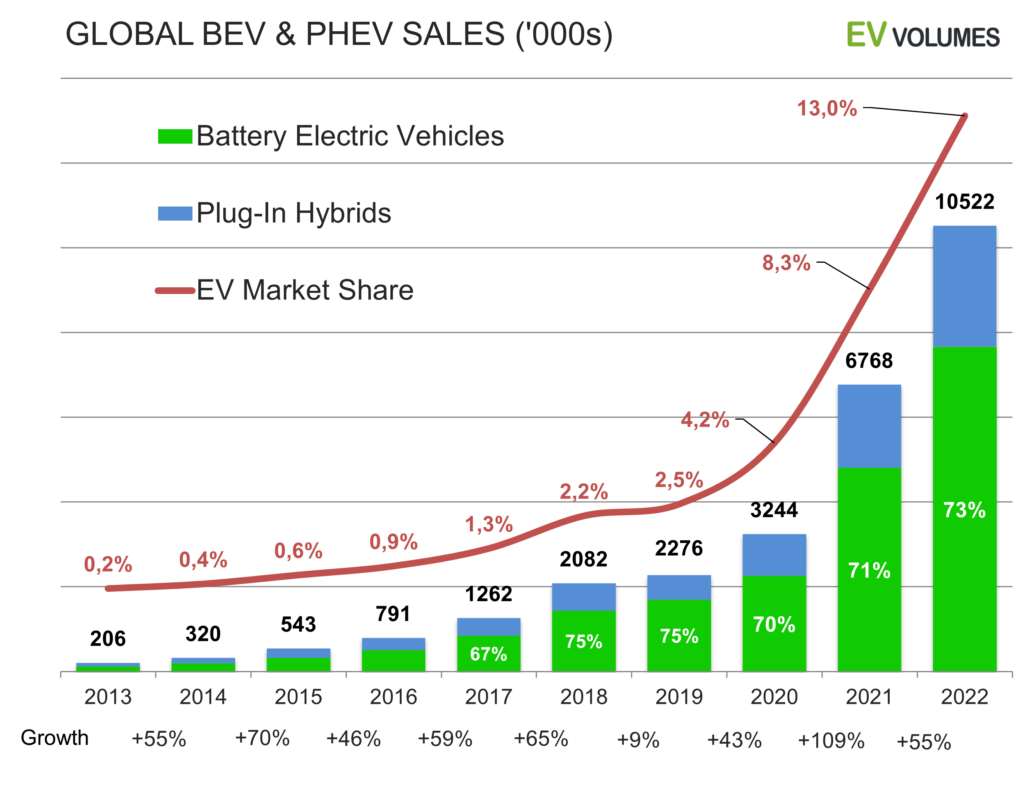
EVs will continue to rise to prominence now that more drivers understand their benefits. It’s important to know electric cars’ history and how they became the evolving product being marketed today. How did EVs get to where they are today? What will things look like in the future? Electric vehicles have been around longer than people may think, and they’re not stopping production anytime soon.
The First Electric Vehicle: 1837
The first electric vehicle showed up in the 1800s. Robert Davidson, a chemist from Scotland, invented the first small electric motor in 1837. Unfortunately, the idea didn’t take off because of how short the battery life was and the car’s high cost. Davidson battery was revolutionary, as EVs evolved from that first invention despite combustion engines dominating the 1900s.
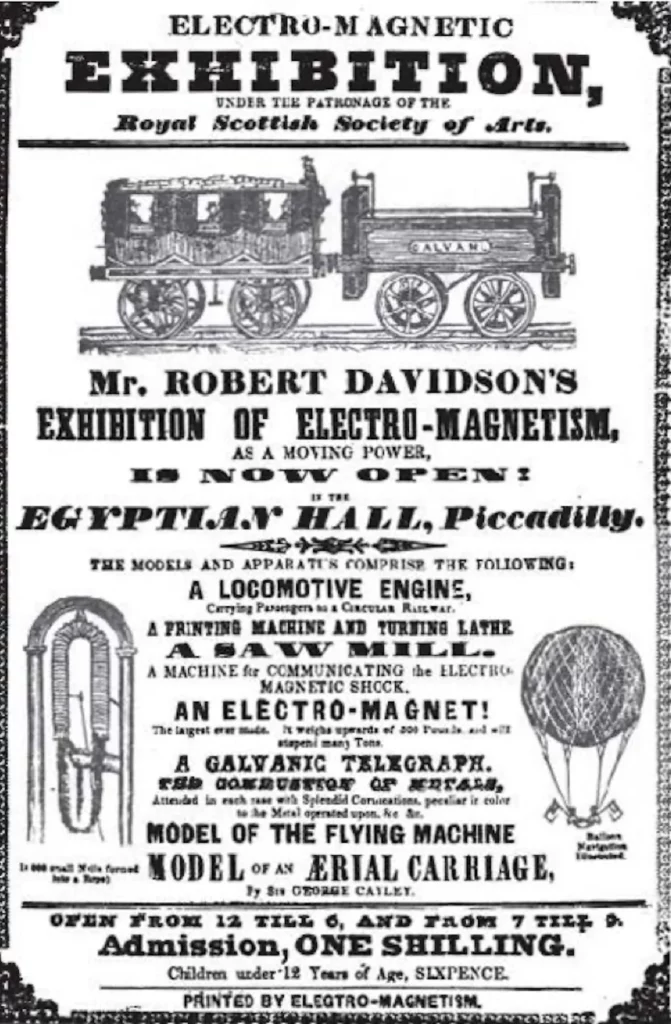
EVs are thriving today, and dealerships worldwide sold around 7 million units by 2021. The world has come a long way from the first electric vehicle. The rise of fossil fuels defeated the EV for a time, but now it’s back and will grow more popular as its accessibility increases.
More Modern Electric Vehicles: The 20th Century
Electric vehicles took off in the early 1900s. They were a great replacement for horses, and the first models could drive about 90 miles before needing to be recharged. However, as the price of gasoline-based cars dropped, the cost of electric vehicles went up, making them less affordable to the average person. Over time, cars that ran on fossil fuels became more convenient since they did not need a rechargeable battery and could go faster, so electric vehicles faded into the background — until now.
4 Innovations That Promoted the Evolution of EVs
Electric vehicles weren’t always as useful and convenient as they are now. These innovations drove the evolution of EVs into what’s seen today: an affordable version of an eco-friendly car. As more developments occur, EVs may become more affordable until they become an option for households of all incomes.
1. Going Hybrid
Hybrid cars were a step in the right direction in the evolution of EVs. The first hybrid electric car was invented in 1901 by Ferdinand Porsche. It was called the Lohner-Porsche Mixte and was powered by electricity stored in a battery and a gas engine.
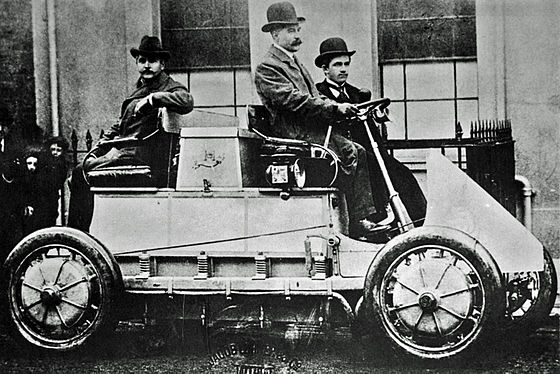
Though not entirely electric, hybrid cars are crucial in normalizing and adopting EVs into society. They serve as a step between gasoline and electricity, which can ease some of the worries of car owners making the switch. The internal combustion engine recharges the battery through braking and coasting, which reduces concerns about finding an electric vehicle charging station.
They’re a great option for anyone who wants to see the power of electricity but isn’t sure they want to make the change because they use an internal combustion engine and a voltage battery. They’re ideal for those who worry about the accessibility of charging or other costs related to EVs. They might also be excellent options for people who drive long distances and may not want to stop to charge as often as they would with electric vehicles.
2. EV Modifications
Manufacturers began modifying popular cars into EVs in the early 1990s by using the framework of existing cars. EVs then began to match the speed and power of vehicles that run on gasoline. This change made electric cars a viable option for the first time, as they could almost compete with their counterparts that ran on fossil fuels. These modifications proved that EVs had a future and could keep up with the demands of a fast-paced life.
On a similar note, though it wasn’t electric, Henry Ford created a car made out of “natural” plastic, thanks to ingredients like soybeans in its composition. Though the car was never mass-produced, it still shows that eco-friendly modifications date back to the 1940s. In the future, more cars may be created with environmentally friendly materials that also run on electricity.
3. Lowered Costs
Lowered costs made a huge difference in EV uptake. Reduced expenses mean the general population can buy products easier, and when that item can change the world through renewable energy, it’s a huge deal. About two out of five Americans might consider buying an EV for their next car if it were more affordable, meaning that lowering the cost would encourage more people to adopt them into their lifestyles.
Once electric vehicles became more affordable, more people took an interest and planned to buy them. The cost of EV batteries decreased in 2020 and 2021, making them almost 100% cheaper than in 2008, but the price could be unpredictable. The best thing people can do is budget over time and wait for an opportunity to buy.
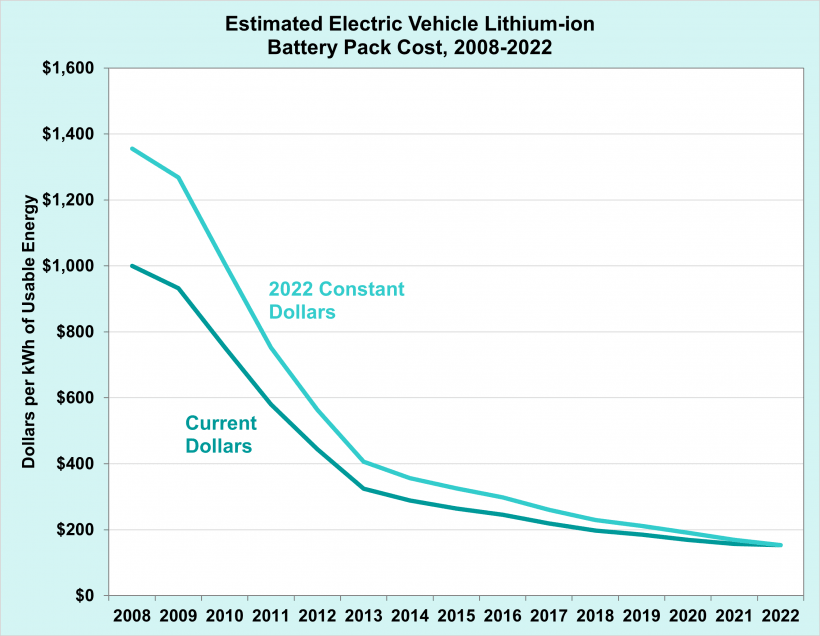
4. Nationwide Charging Infrastructure
The rise of EVs has caused the government to shift its priorities toward the future of infrastructure. In 2009, the U.S. Department of Energy invested in nationwide charging stations, including those for residential and public use, as well as some paid commercial chargers. This addition made driving EVs more accessible to people who worry about driving long distances.
More recently, President Joe Biden signed a bill in 2021 to increase the number of public charging stations for EVs by about 500,000. These chargers will ensure people can drive long distances without worrying about station availability.
In the future, charging stations might be as populous as gas stations, proving there’s enough room for EVs in an eco-driven society. This change should help more people embrace owning an electric vehicle, especially since limited charging stations are one reason people hesitate to buy one.

The Evolution of EVs Doesn’t Stop Here
Additional innovations will make electric vehicles more attractive to personal car owners as time passes. They’re becoming more mainstream, and eventually, the world may shift to EVs as the go-to means for personal travel.
One of the best ways to reduce carbon footprints might be to opt for an electric car. Drivers should consider upgrading to a better choice for themselves and the environment. They may find they like the option much more than its gas-guzzling counterpart.




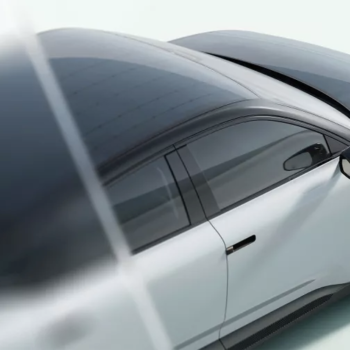



No Comments